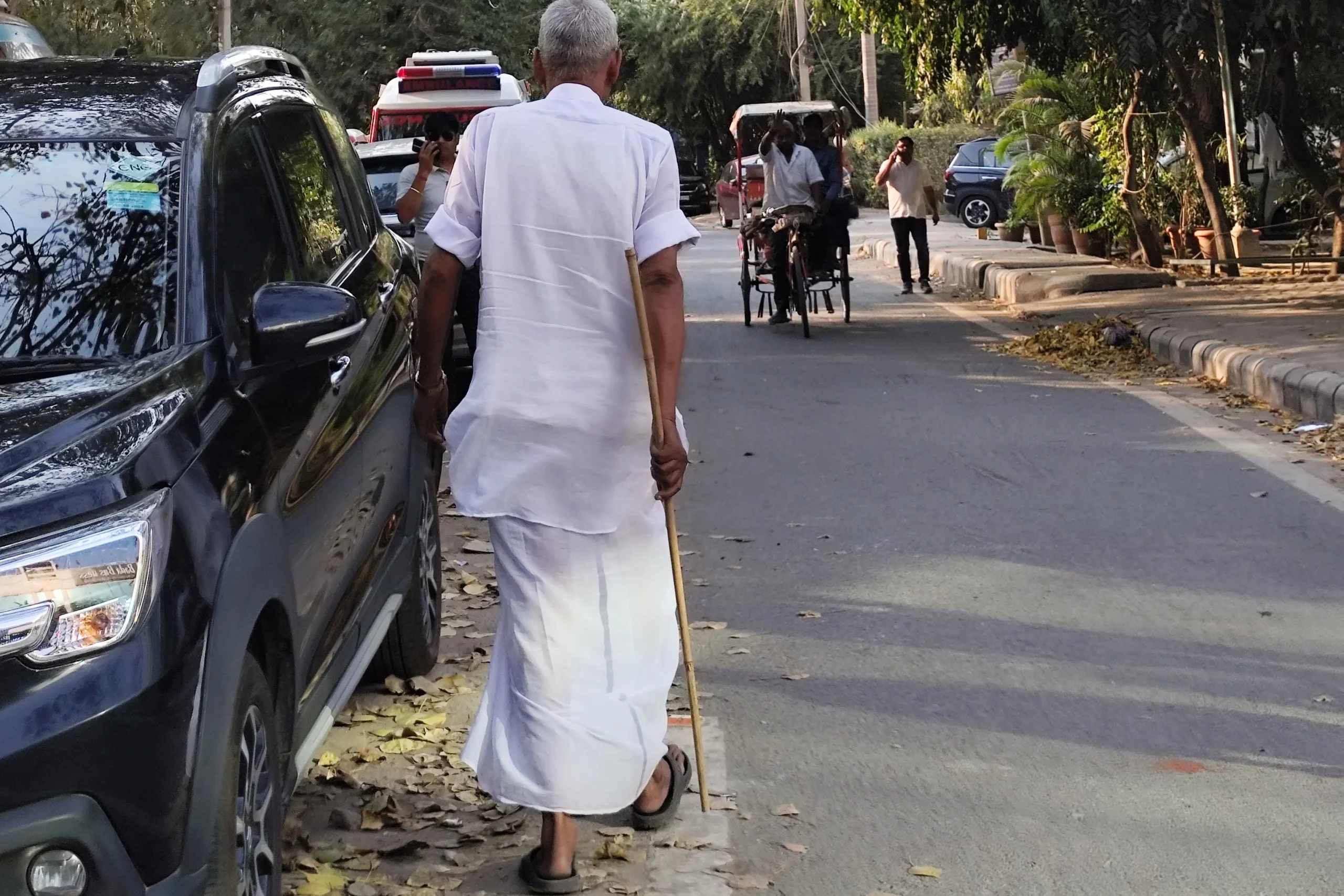
Social Norms and the Lives of Young Girls and Women in India
Author: Dr. Shweta Singh, Independent Consultant
Social norms – the unwritten rules of what people believe is acceptable or expected in their communities – shape life choices in profound ways. In India, these norms influence almost every aspect of an adolescent girl’s or young woman’s life: education, mobility, marriage, economic participation, and bodily autonomy.
When these norms are restrictive, they curb agency, limit mobility, and reinforce unequal power dynamics. Education is often the first casualty. Parents may hesitate to send daughters to school if it means long travel or interaction with boys, stunting girls’ academic and career growth. In some states, child marriage persists, fuelled by poverty and cultural expectations. For girls from low-income families, the odds are even steeper – they may be withdrawn from school to work or be married early to reduce the family’s financial burden.
Why Norms Are Hard to Change
Norms are “sticky” because they are upheld by fear of exclusion and social judgment. They persist because:
- People fear gossip, disapproval, and social sanctions.
- Gatekeepers (parents, elders, husbands) believe they are protecting girls.
- Popular culture often reinforces traditional roles.
- Policy reforms do not automatically shift community beliefs.
A BBC Media Action study (2023) in small-town India revealed that women aged 18–25 were 11% less likely to own a mobile phone and 40% less likely to use mobile internet than men. The gap was not about affordability – it was about entrenched ideas of “appropriate” behaviour for women.
Yet, norms can evolve — sometimes through gradual changes in everyday interactions, community leadership, and the stories people consume.
Why Social Norms Matter for Gender Equality
Norms are not just personal opinions; they are collective expectations. Even if a girl wants to act differently, she may conform to avoid backlash.
For example:
- A young woman in Uttar Pradesh might want to work in a shop, but fears her family will face public shaming.
- A girl in rural Maharashtra may want to access online learning, but worries she will be seen as “immoral” for spending time on the internet.
Research by Dalberg and the Centre for Social and Behaviour Change (CSBC) identifies seven meta-norms that shape the lives of adolescent girls and young women:
- Gender stereotypes – rigid expectations about what men and women can or should do.
- Interpersonal dynamics – power imbalances within families and communities.
- Perceived value – girls’ worth often tied to marriageability.
- Purpose/social role – the belief that women’s primary role is domestic.
- Agency – the ability to make decisions about one’s life.
- Independent mobility – freedom to move alone in public spaces.
- Sexual autonomy – control over one’s body, relationships, and choices.
These norms are interlinked. A restriction on mobility is not just about safety — it limits access to education, jobs, and information, reinforcing stereotypes about women’s “capabilities.”
Why Changing Norms Matters
Norms shape tangible outcomes:
- Whether a girl stays in school.
- Whether she can own a mobile phone.
- Whether she participates in sports.
- Whether she chooses her own career or marriage partner.
Restrictive norms diminish confidence, stifle aspirations, and pass inequality down through generations. Shifting these norms is vital for progress in education, health, economic empowerment, and gender equality.
Media and Cultural Champions: Exploring Their Possible Role in Norm Change
Entertainment media and cultural champions can help open the door to change — not by imposing new norms, but by making alternatives visible, relatable, and acceptable.
Entertainment media — from TV dramas to social media narratives — can subtly challenge stereotypes by portraying characters and situations that normalise non-traditional roles. A television storyline where a girl negotiates with her father to attend college can make the idea feel possible to millions. A YouTube influencer speaking openly about menstrual health can break taboos in communities where the topic is rarely discussed.
Cultural champions — trusted local voices such as faith leaders, grassroots influencers, community mobilisers, and youth role models — can lead by example. Their power lies in trust and cultural credibility, which helps bridge the gap between long-held traditions and new possibilities.
We explored this, and more in our research on exploration of evidence on programming for adolescent girls and young women in India, now available here. The first key takeaway: Norms shift, and the change is tangible!
Centre for Social and Behaviour Change (CSBC), Ashoka University
The Centre for Social and Behaviour Change is a leading Indian institution that drives behavioural change measures for people and communities in need.
Project Concern International (PCI), India
Project Concern International, India has been working since 1998 to co-create and scale sustainable solutions to complex development problems rooted in community realities .











